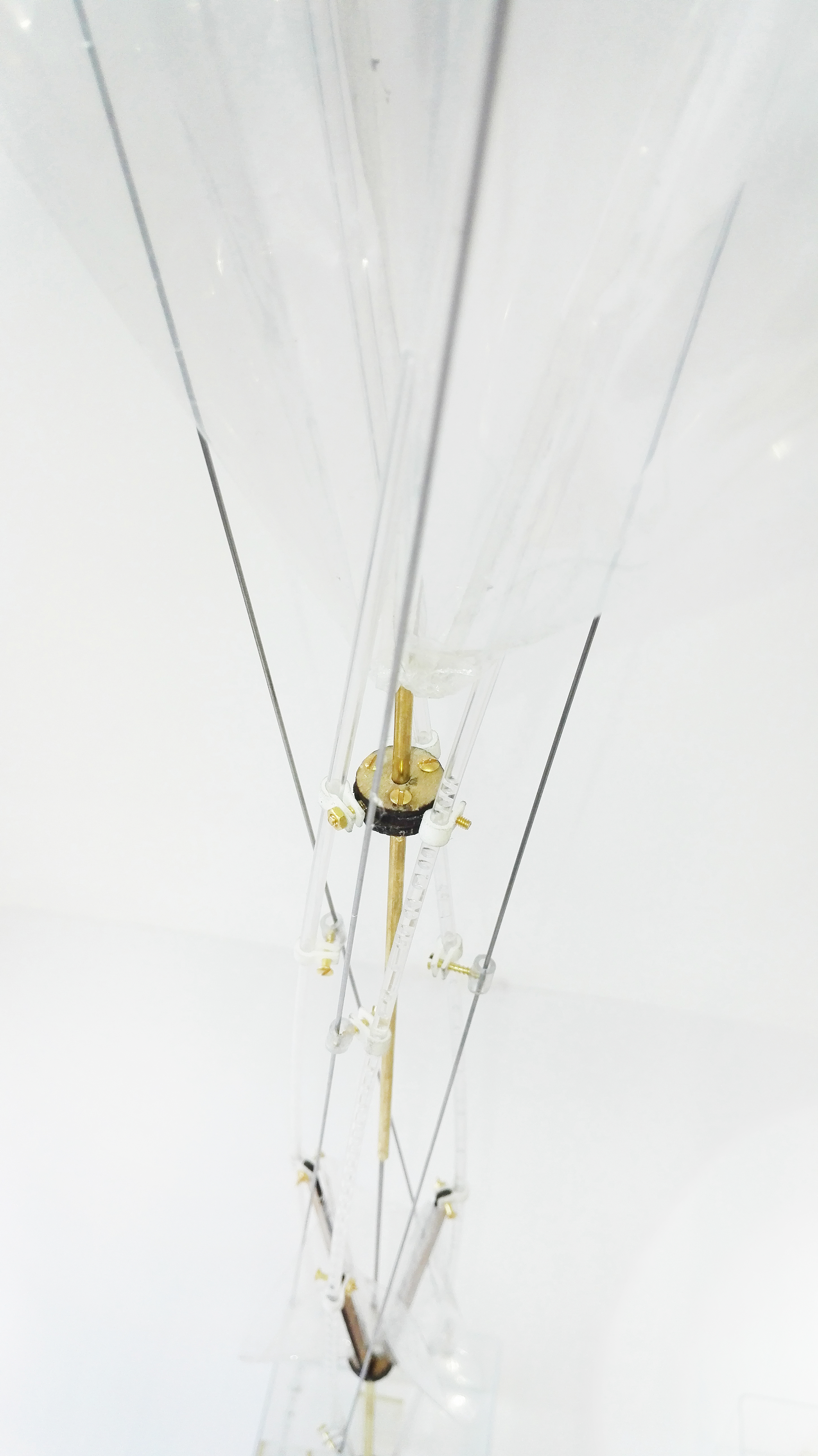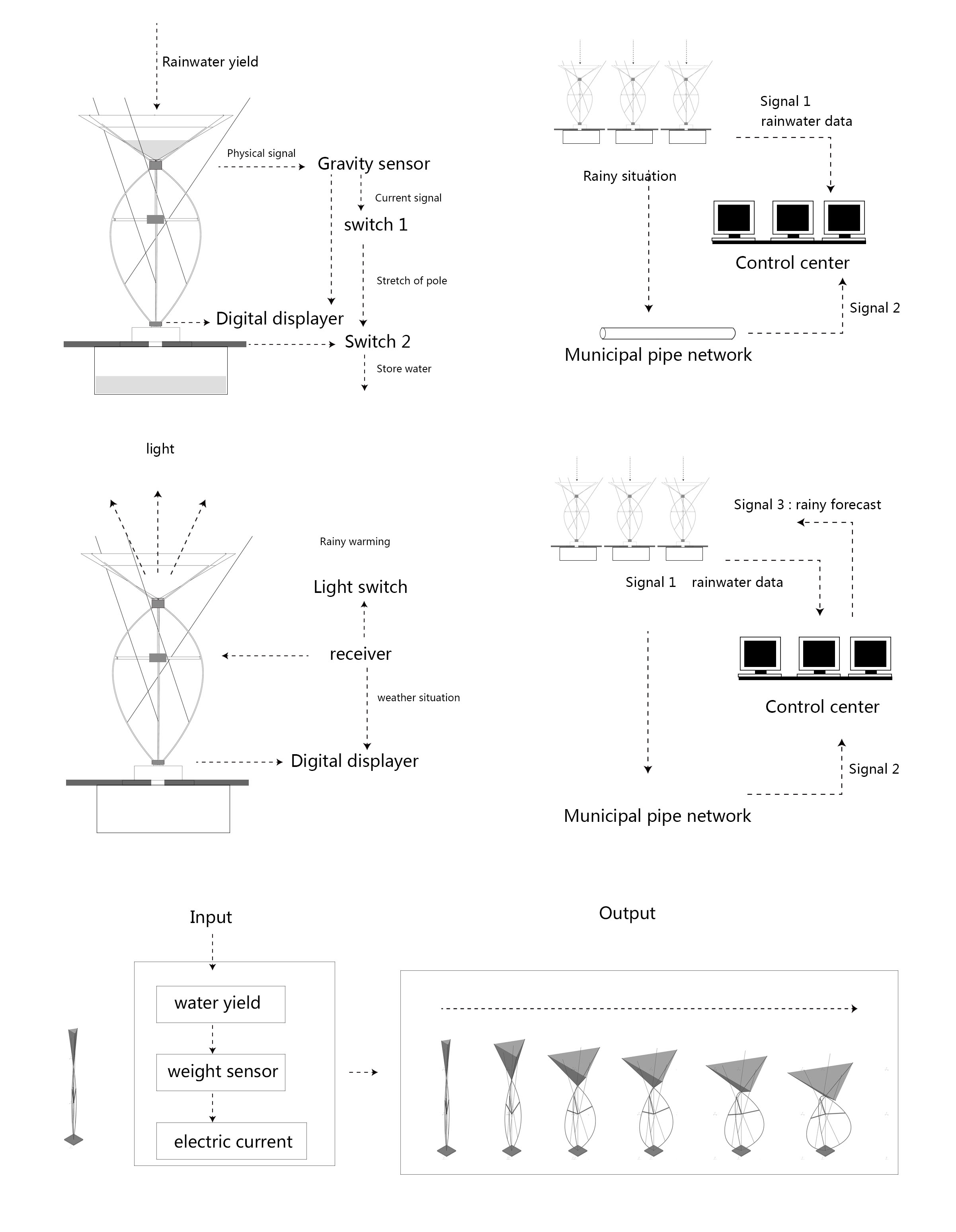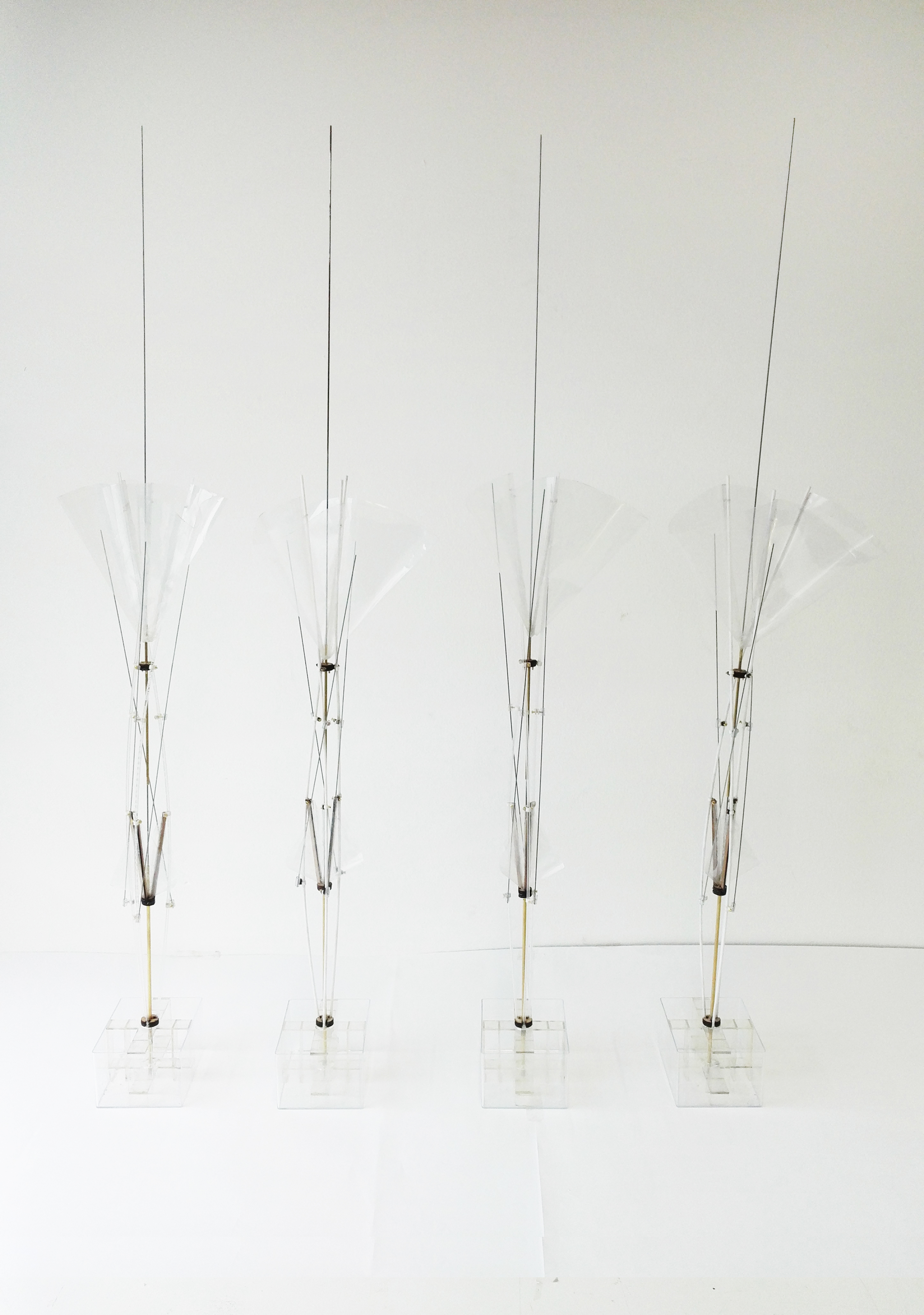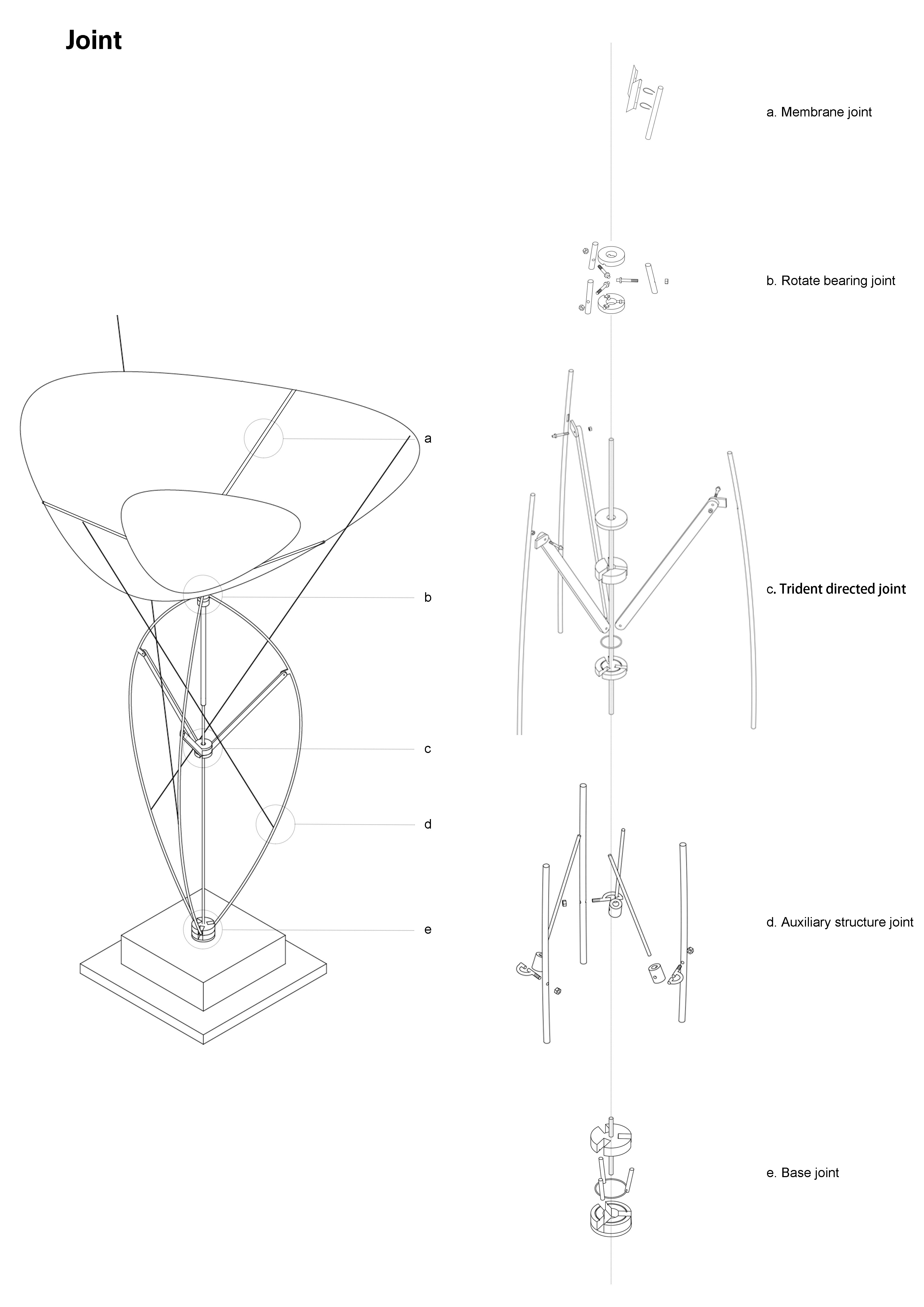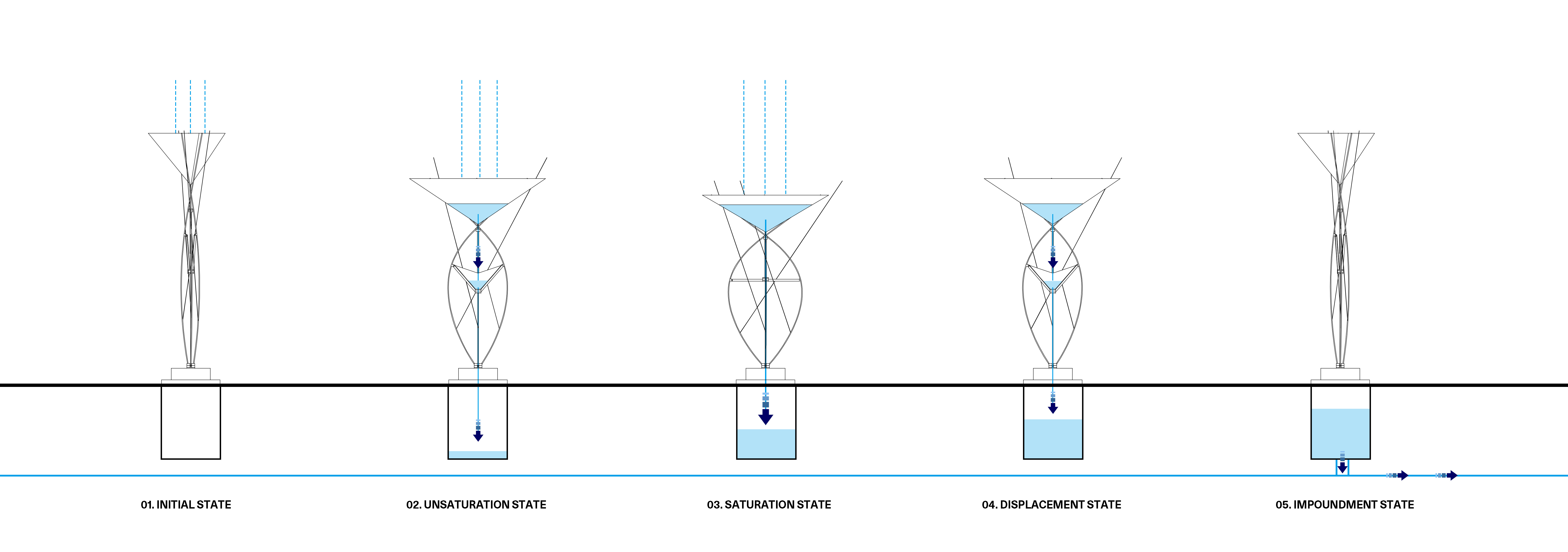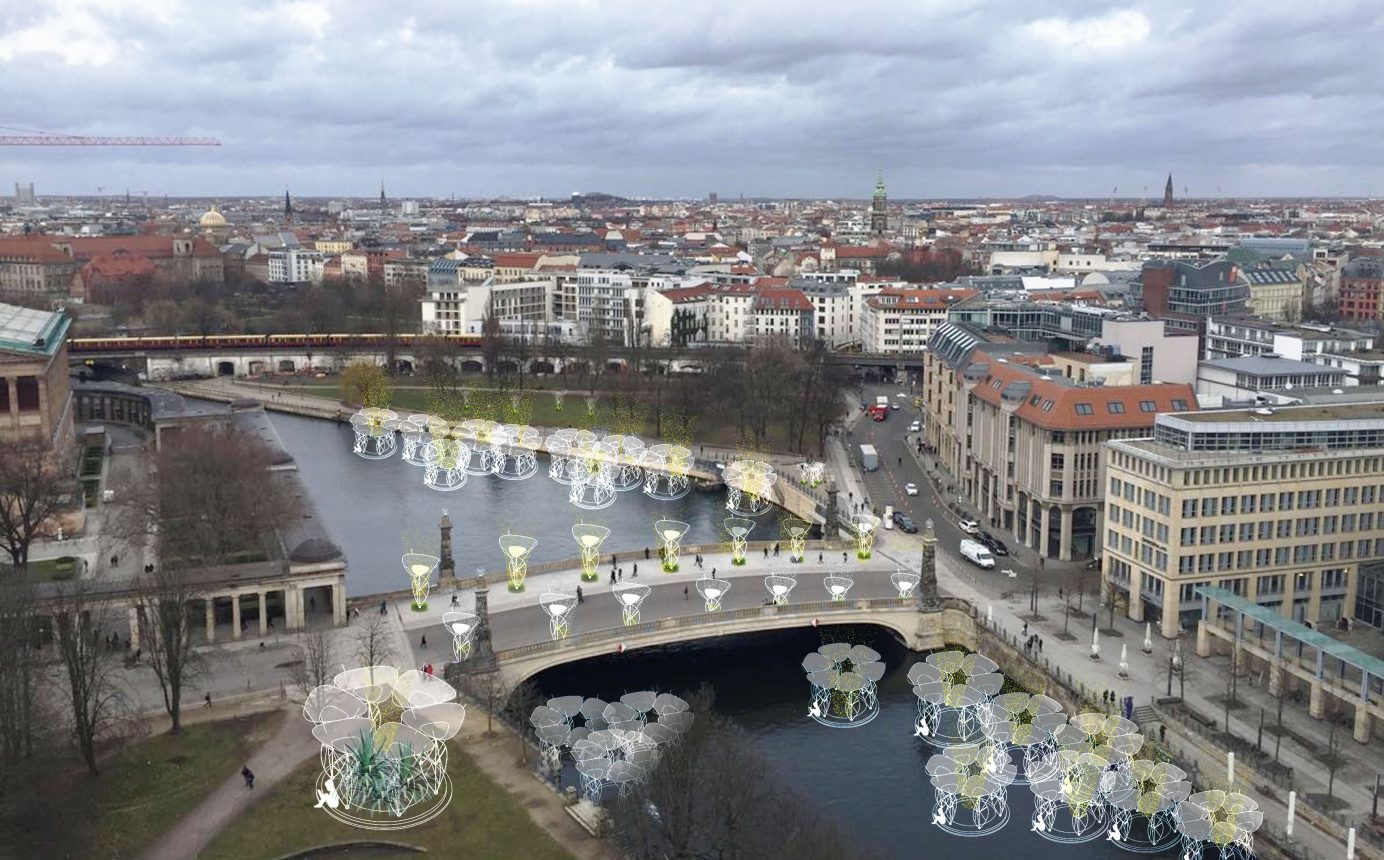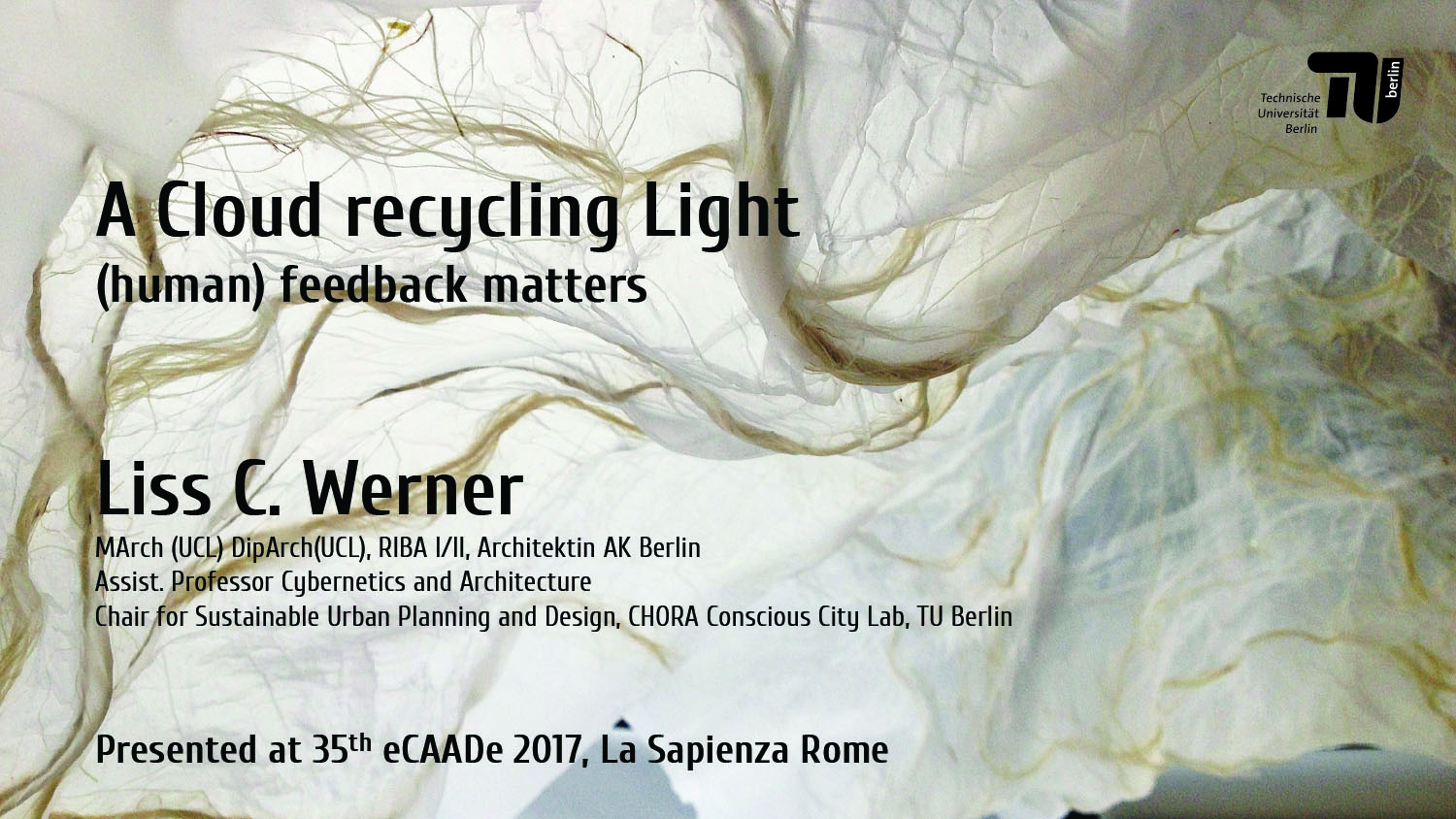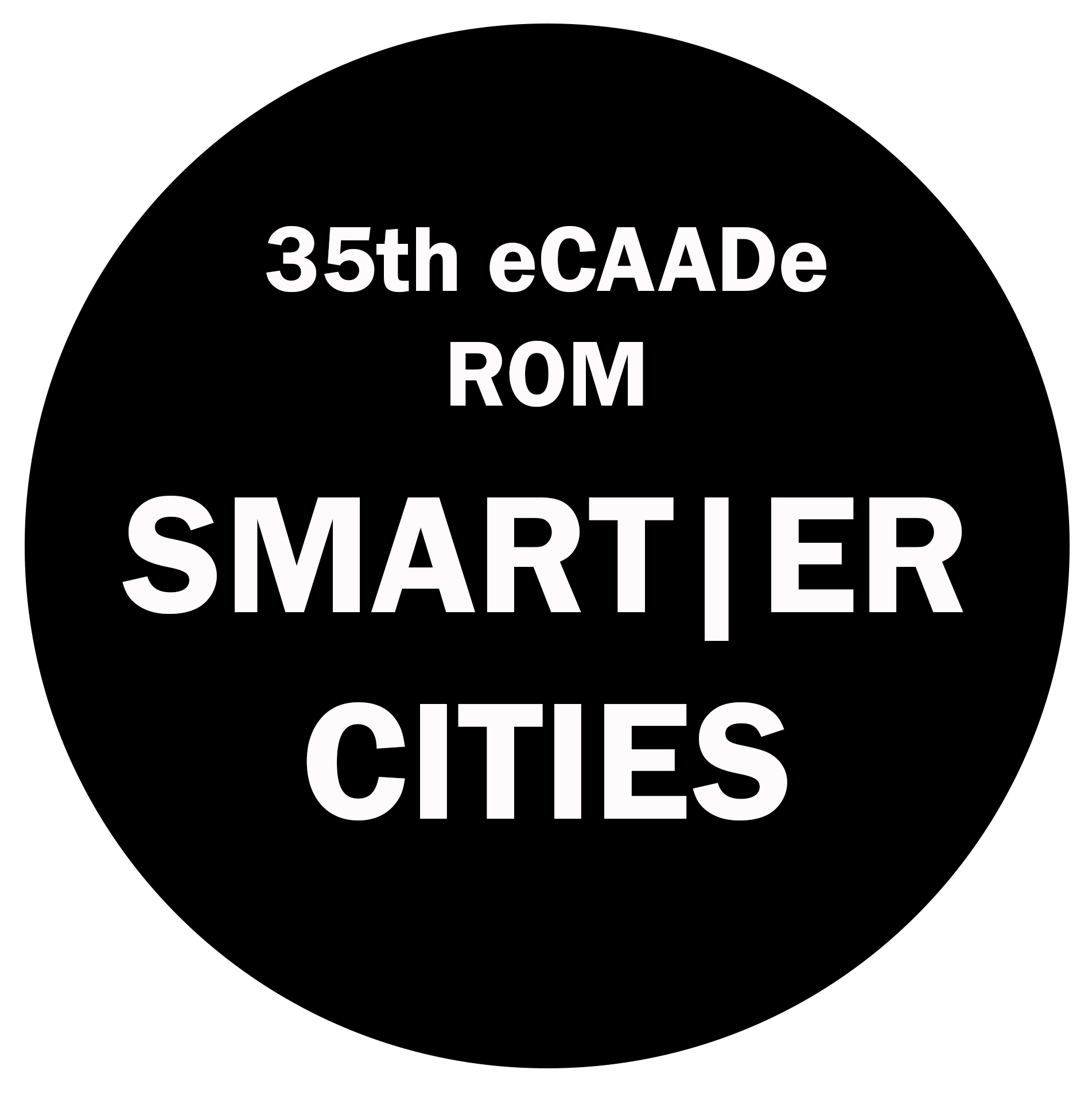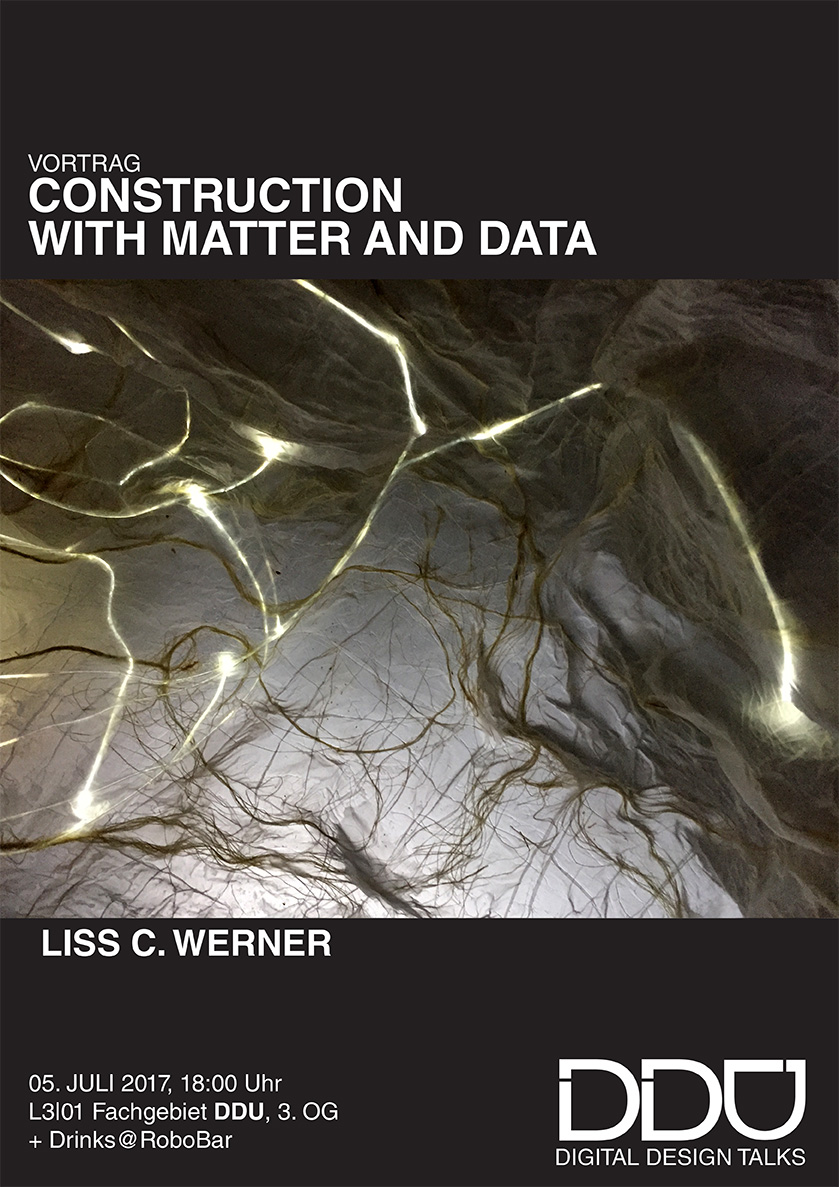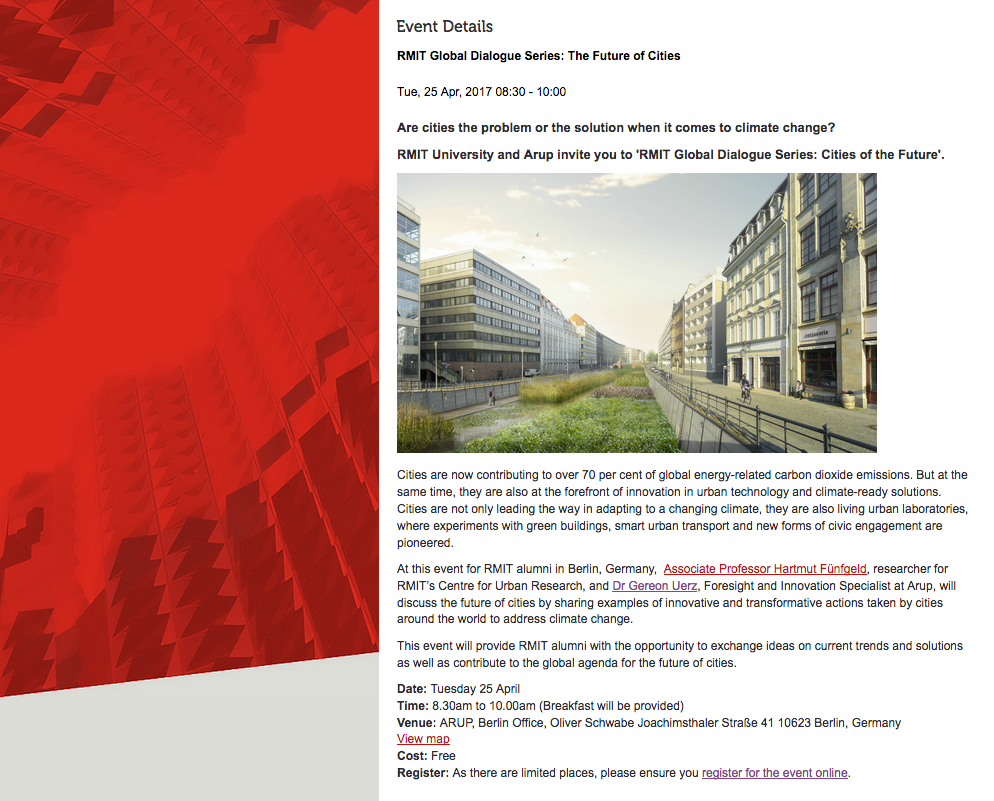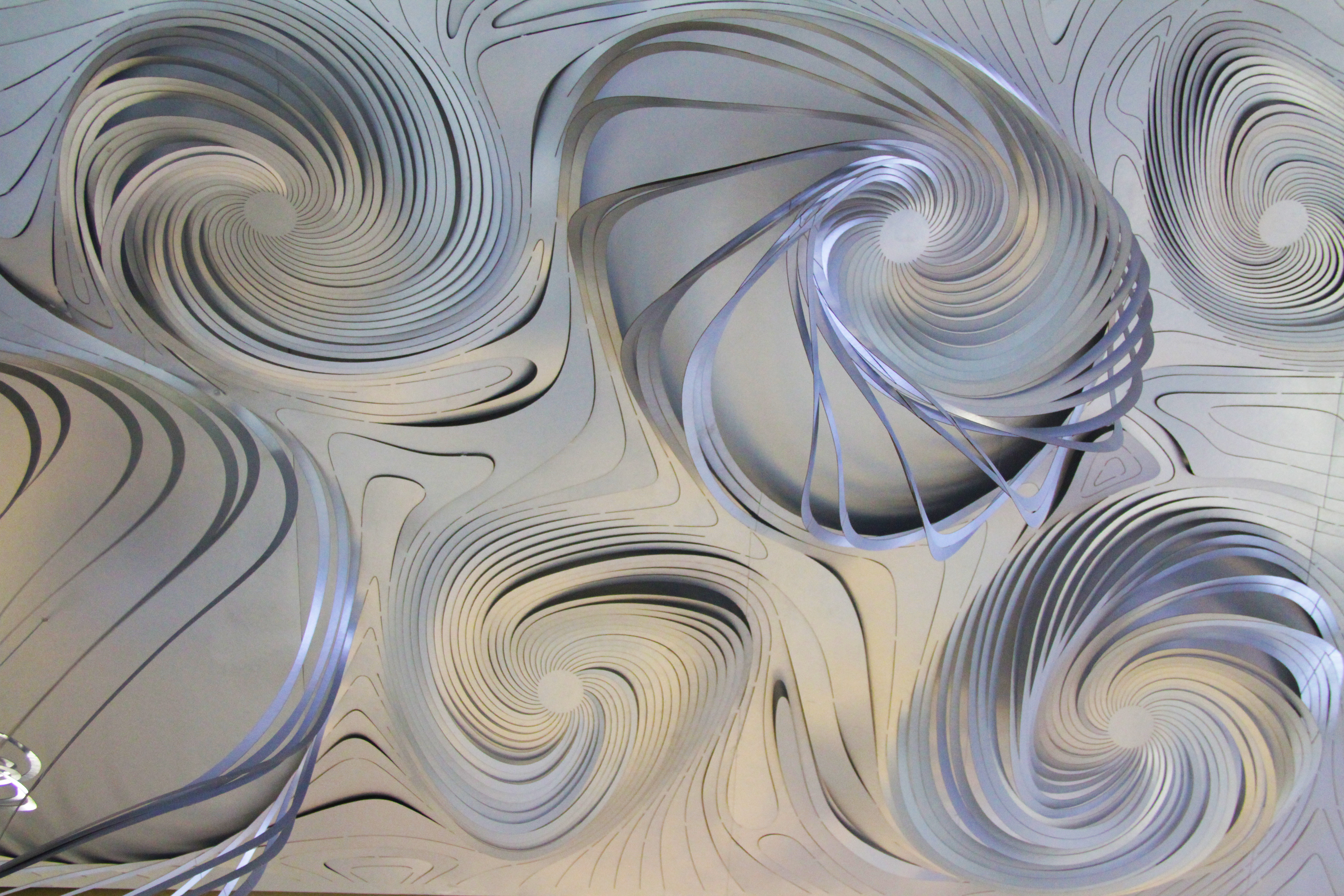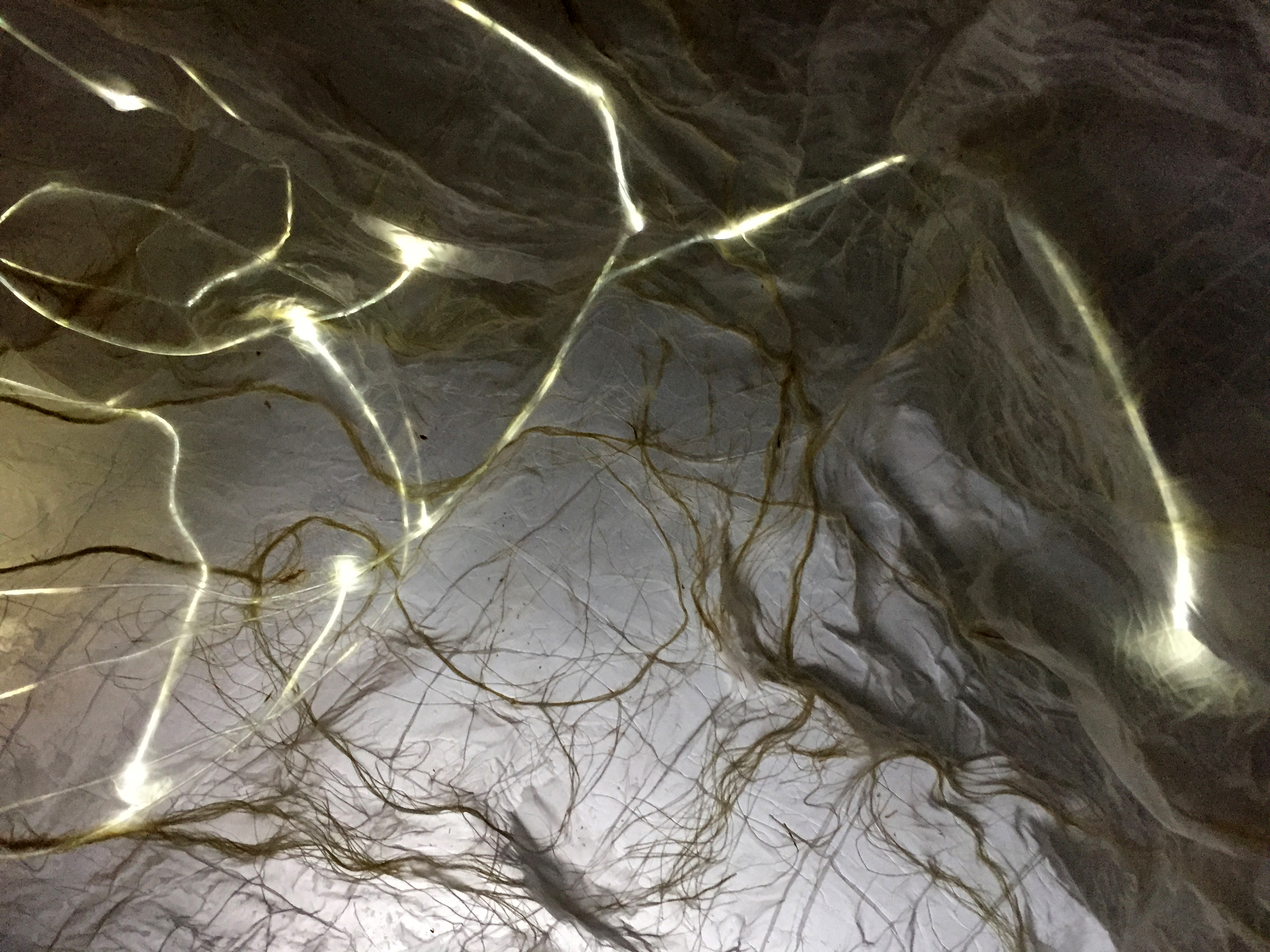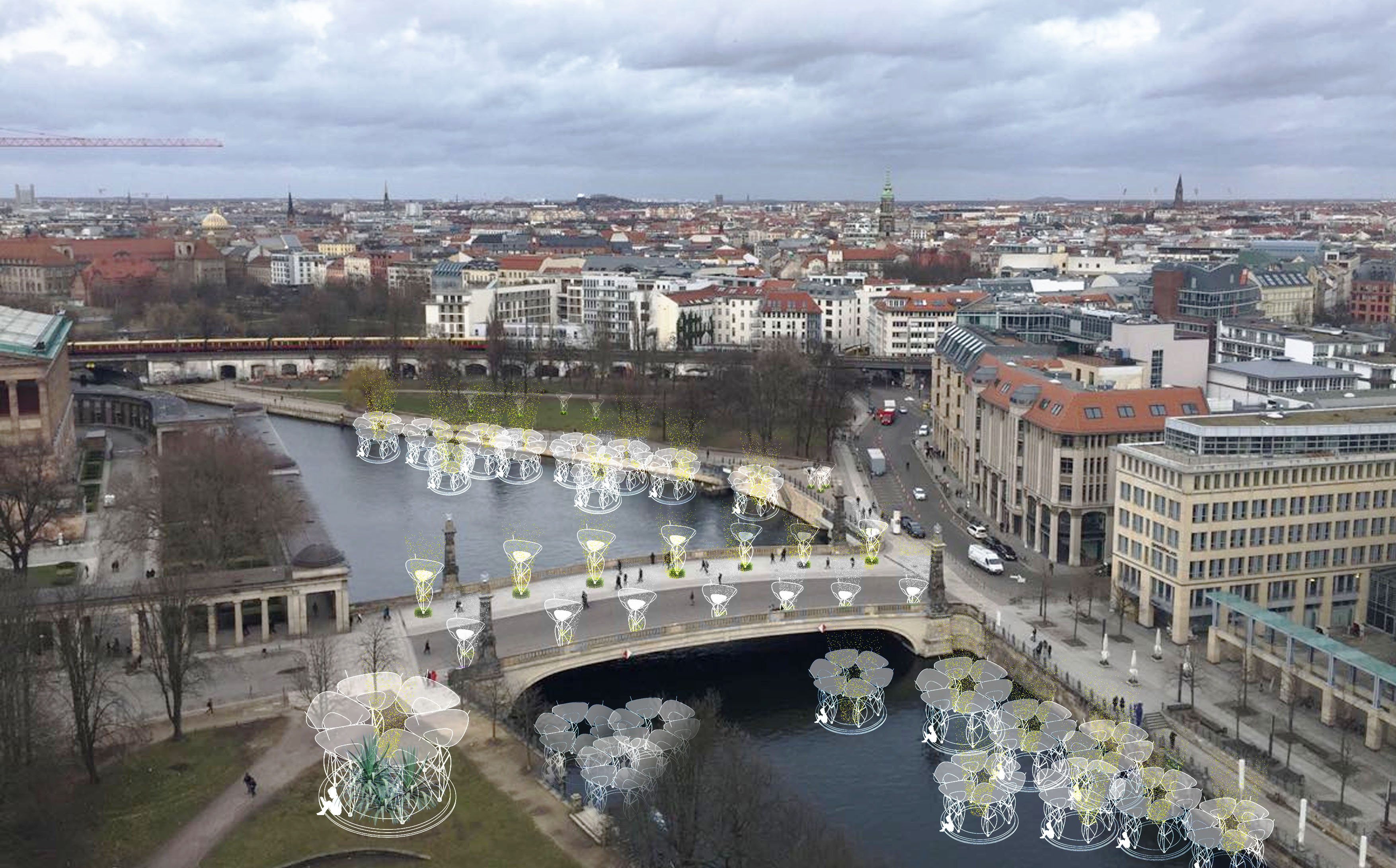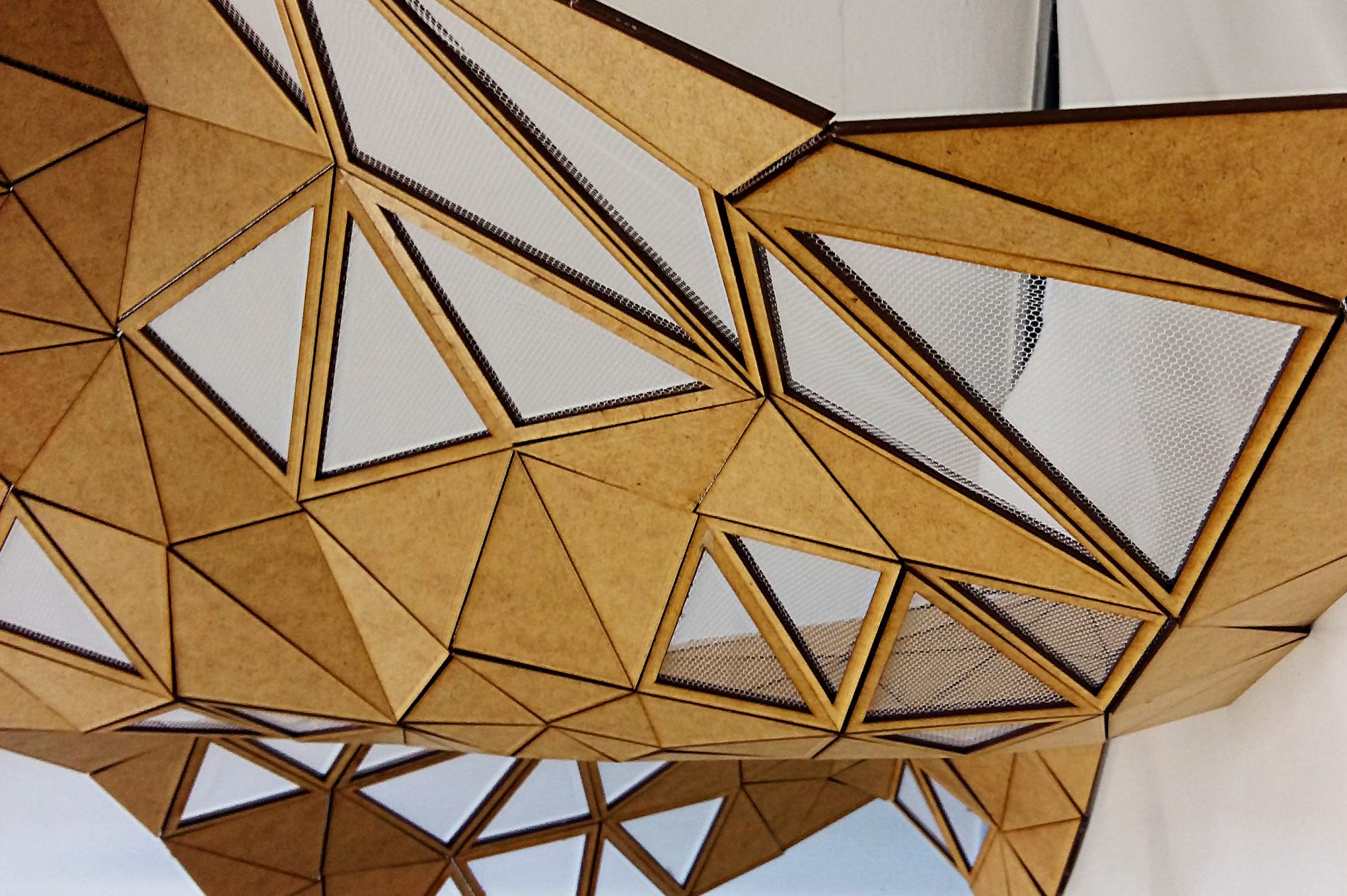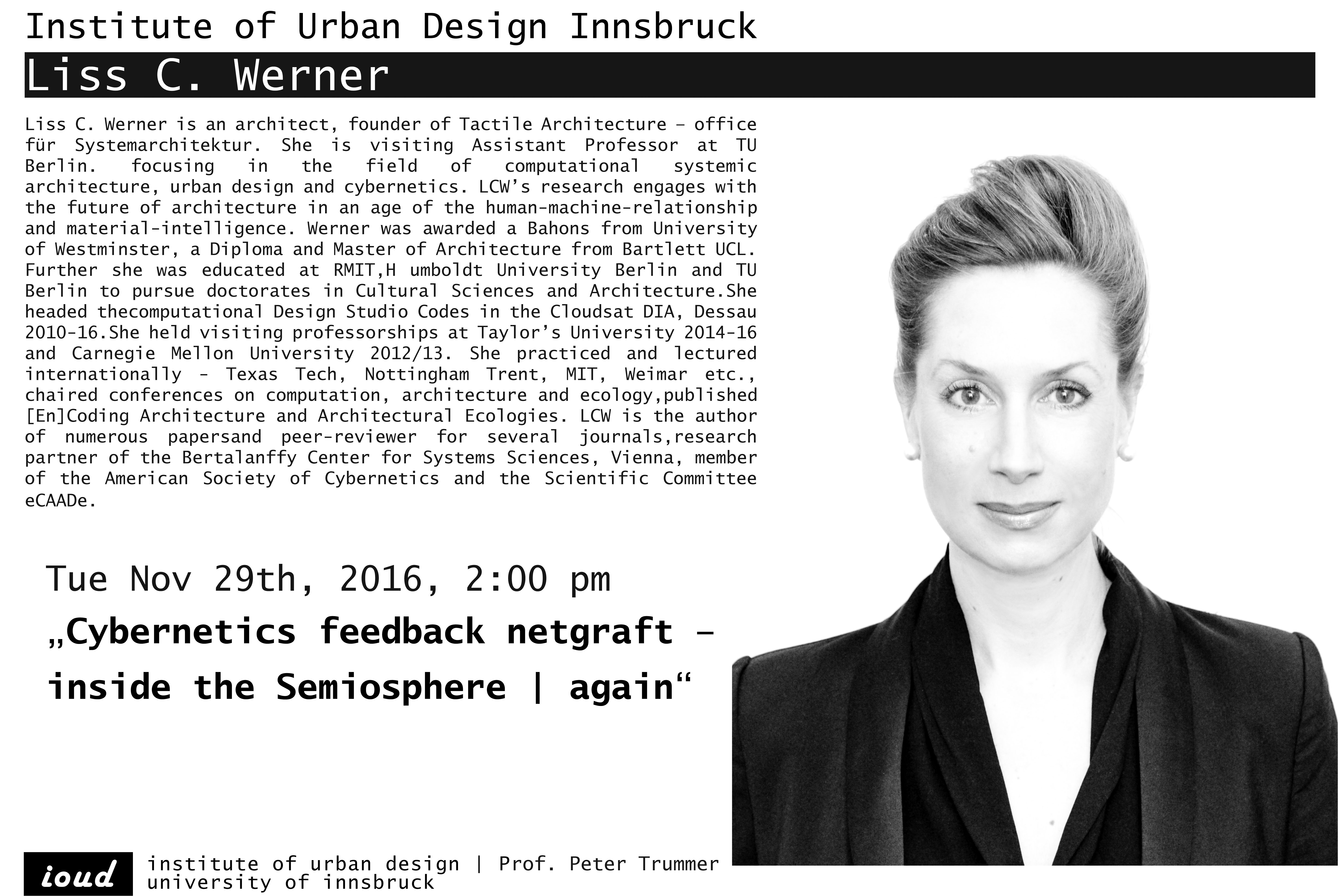Hydro Flower Meadow describes the design for a kinetic structure utilizing the tenacity property of materials and change of geometry morphology. It is proposed for temporary shelter, water collection, gathering or urban landscaping. Conceptually each structure in the meadow is inspired and mimics biological behaviour of a flower opening and closing. Flowers exhibit a delicate mechanism of opening and closure which is mainly controlled by the expansion of cells. Certain species are able to repeat the blooming process in reaction to different environmental factor. The upper and lower side of Tulip petal, for example, demonstrate a 10 ℃ difference in optimized condition for the elongation of cell, which results in opening in the morning and closure in the evening. In other species, opening and closure of peddle can be affected by the conditions of light, humidity, etc. In the process of opening and closure, the deformation creates an expanded surface on the top of flowers, which can be viewed as an extra functional layer.
The mechanism of repeated opening and closure exhibit the primitive functional logic of sensors and responsive behavior. The proposed structure can be manufactured in different scales and set up in groups of various quantities to support the collection and recycle of rain water and to improve space quality in the city range. After design of the prototype, we consider the possibility of adding sensors to the structure in order to control the deformation process in respond to various triggering factors. Consequently, the structure can better adapt to different urban scenarios and serve the city better in a broader spectrum. For instance, a gravity sensor can be attached to the structure to monitor the quantity of rainwater during a certain time period. When the quantity of rain water increase to a certain threshold, the gravity sensor will generate a current signal which then triggers the opening of the structure. The information of precipitation situation will also be recorded by the sensor. Each of the devices spread out in the city could record the precipitation data individually and send it to the central data pool.
Students: Jingwei Tan, Yunke Zheng, Zhaoxi Zhang
